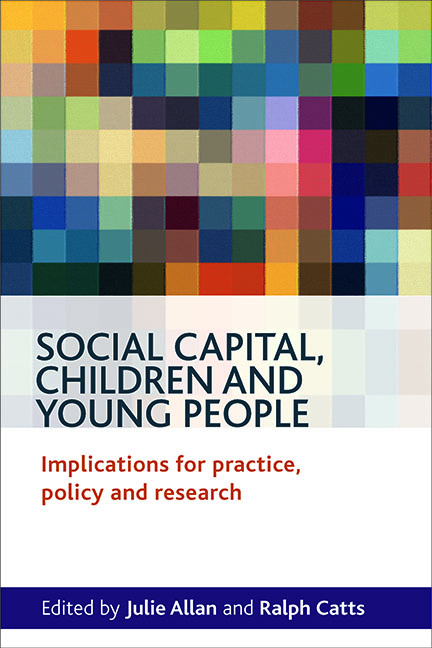three - Inclusion of pupils from refugee families
Published online by Cambridge University Press: 01 September 2022
Summary
‘Samah is a good friend. We’ve been friends since primary 2. She came in February and I came at the end of primary 1. We meet in the summer [holidays]. We ask her mum or my mum if we can go out to play. I live in the flats … The lift sometimes gets stuck. I get a wee bit scared. My mum likes to come to the swings … just in case of trouble.
‘When I used to cry, and some [children] used to annoy me, she [Samah] used to come and say “What's the matter?”
‘She [Samah] sometimes has trouble with primary 7 pulling her scarf [and asking] “Why do you wear it?”… and I help her.’
In the interview quoted above, Rodas, a 10-year-old girl whose family came from Turkey to seek refuge in the UK, talked to the researcher about the durability of her friendship with another Turkish girl. They have been friends for four years now and this friendship is marked by reciprocity in helping each other to cope in a new culture. Rodas expresses her and her mother's wariness about the possible clash of values in this new culture (‘just in case of trouble’) and indicates that she and her friend have experienced difficulties in school associated with cultural norms. These themes of durability, reciprocity, norms and values are the subject of the case study discussed in this chapter.
Introduction
Throughout this chapter we are using the term ‘refugee’ to apply to those children who have arrived in Britain, with or without their families, seeking refuge under the terms of the 1951 United Nations Convention on Refugees. This does not differentiate between those whose families have been granted refugee status and those who are still awaiting a Home Office decision regarding their case. Stead et al (1999) also adopted this terminology in their investigation of the education of refugee pupils in Scotland, and for simplicity, we adopt the same strategy.
- Type
- Chapter
- Information
- Social Capital, Children and Young PeopleImplications for Practice, Policy and Research, pp. 35 - 52Publisher: Bristol University PressPrint publication year: 2012

